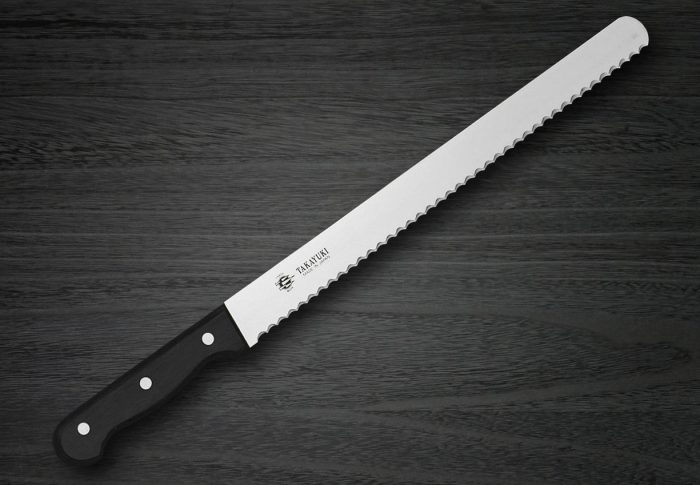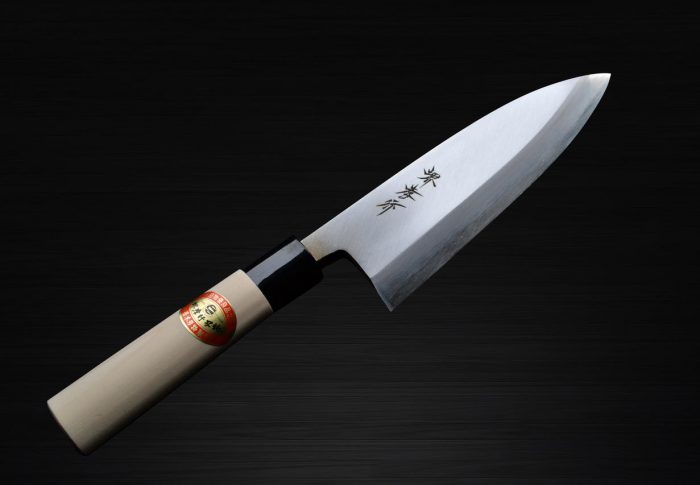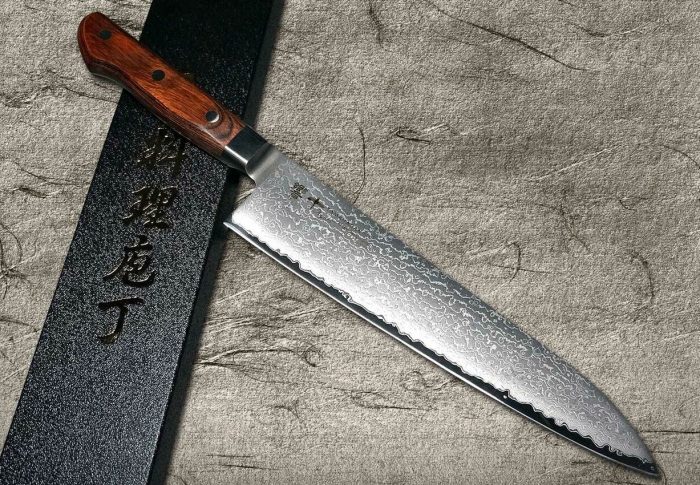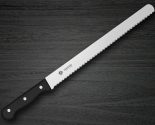
The Essential Tool for Precision Meat Prep: The Boning Knife Explained
img by : hocho-knife.com
In the arsenal of kitchen knives, the boning knife holds a special place for its unique design and purpose. Engineered for precision and flexibility, this knife is an indispensable tool for chefs and home cooks alike who require exactitude in preparing meats, poultry, and fish. Here, we delve into the characteristics, uses, and care tips for the boning knife, shedding light on why it’s a must-have in any culinary toolkit.
Key Features of the Boning Knife
Design and Shape: The boning knife is easily recognizable by its narrow blade, which typically measures between 5 to 6 inches in length. Its slim profile and pointed tip are designed to pierce and make precise cuts through meat and fish, allowing the user to navigate around bones and joints with ease.
Flexibility: One of the defining traits of a boning knife is its flexibility. The blade is slightly flexible, which aids in the knife’s ability to move smoothly along the contours of bones, reducing waste and ensuring cleaner cuts. Some boning knives offer more flexibility than others, with those designed for fish being the most flexible, and those intended for beef or pork being stiffer.
Sharpness: A boning knife’s blade is engineered to be exceptionally sharp, enabling it to cut through meat and sinew effortlessly. This sharpness is crucial for minimizing effort during prep work and achieving clean cuts without tearing the meat.
Uses of the Boning Knife
The boning knife’s design makes it perfect for several tasks in the kitchen:
Removing bones from meat: Its primary use, the boning knife’s sharp point and narrow blade make it ideal for deboning chicken, beef, and pork.
Trimming fat and sinew: The knife’s sharpness and control allow for the precise trimming of fat and sinew, essential for preparing high-quality cuts.
Filleting fish: Although there are knives specifically designed for filleting, a flexible boning knife can also be used effectively to separate fish from its skin and bones.
Caring for Your Boning Knife
To maintain the functionality and longevity of a boning knife, proper care is essential:
Hand wash only: Dishwashers can dull the knife’s edge and damage its handle. Hand washing and immediately drying the knife after use is recommended.
Regular sharpening: Keeping the blade sharp ensures optimal performance. Use a honing rod for regular maintenance and a whetstone for sharpening when needed.
Proper storage: Store the knife in a knife block, on a magnetic strip, or in a protective sheath to protect its edge and ensure safety.
In summary, the boning knife’s specialized design and functionality make it an essential tool for anyone who takes meat preparation seriously. Its precision and versatility in handling various tasks, from deboning to trimming, highlight its importance in achieving professional-grade results in the kitchen. With proper care and maintenance, a boning knife can be a durable and reliable companion in culinary adventures, making it a worthwhile investment for both professional chefs and home cooking enthusiasts.






